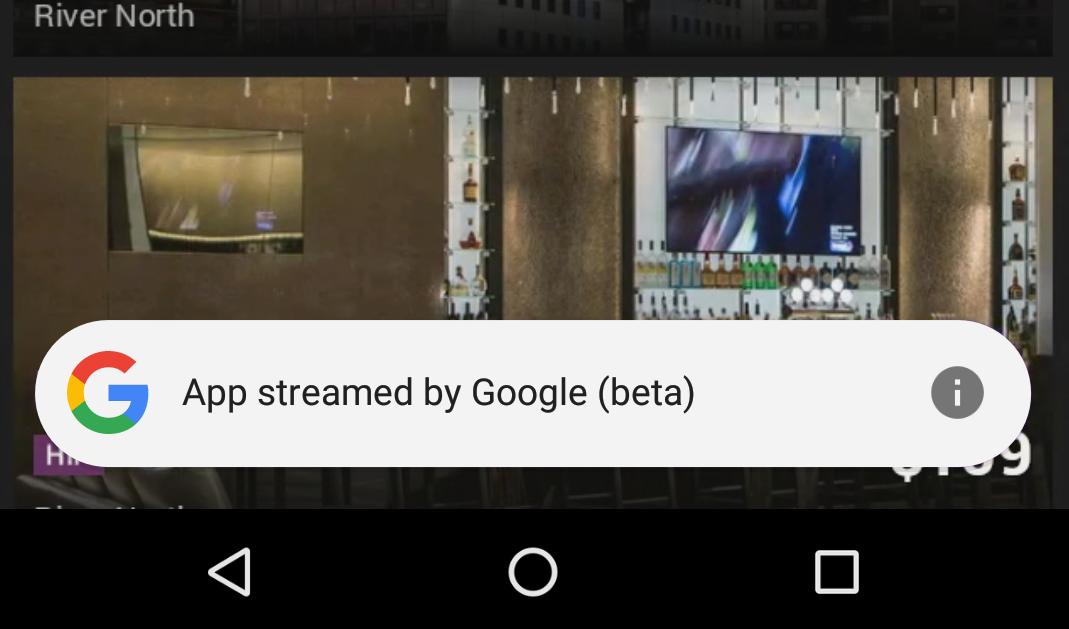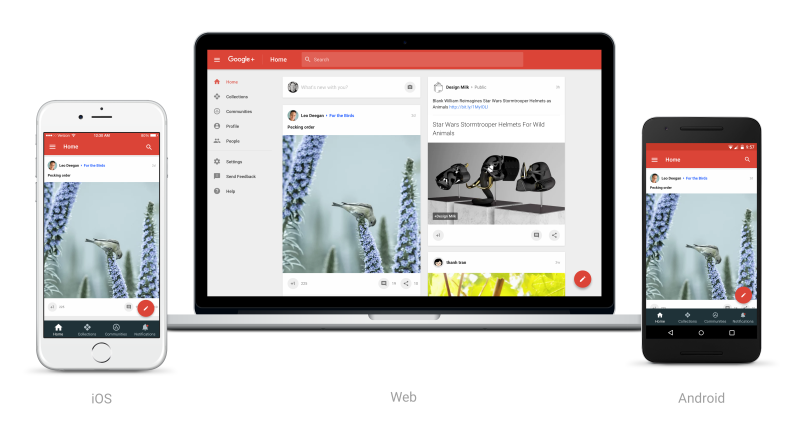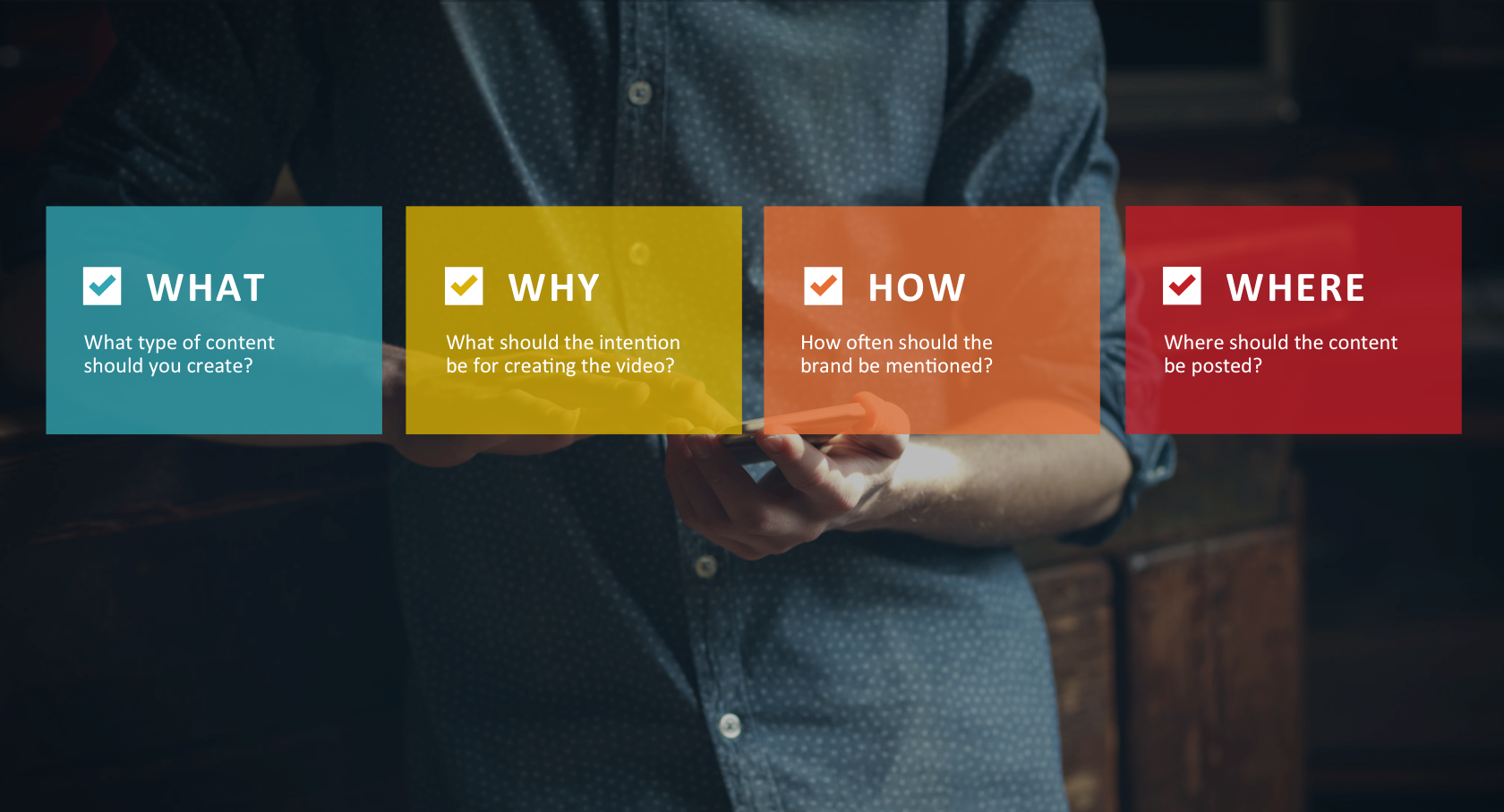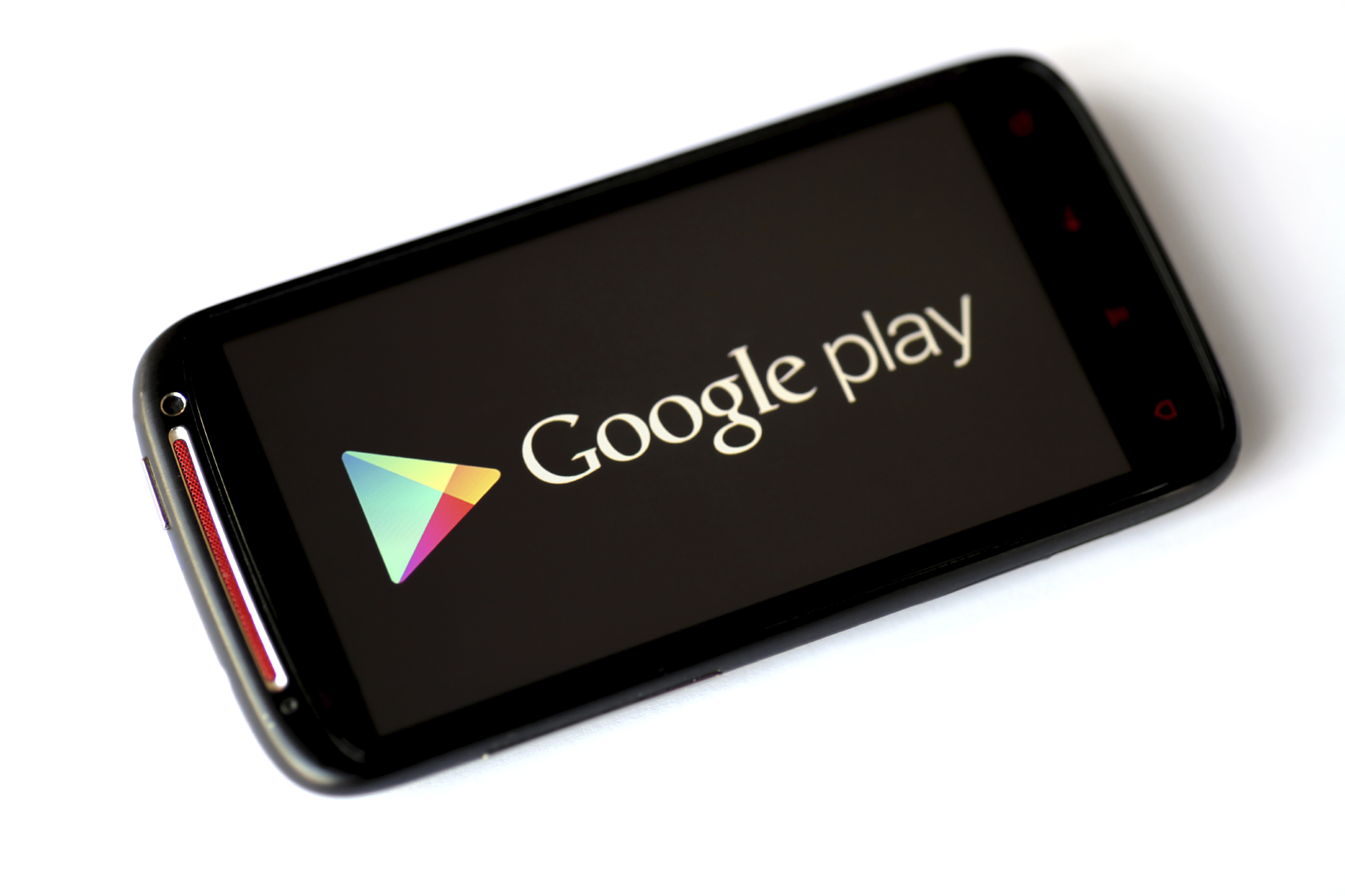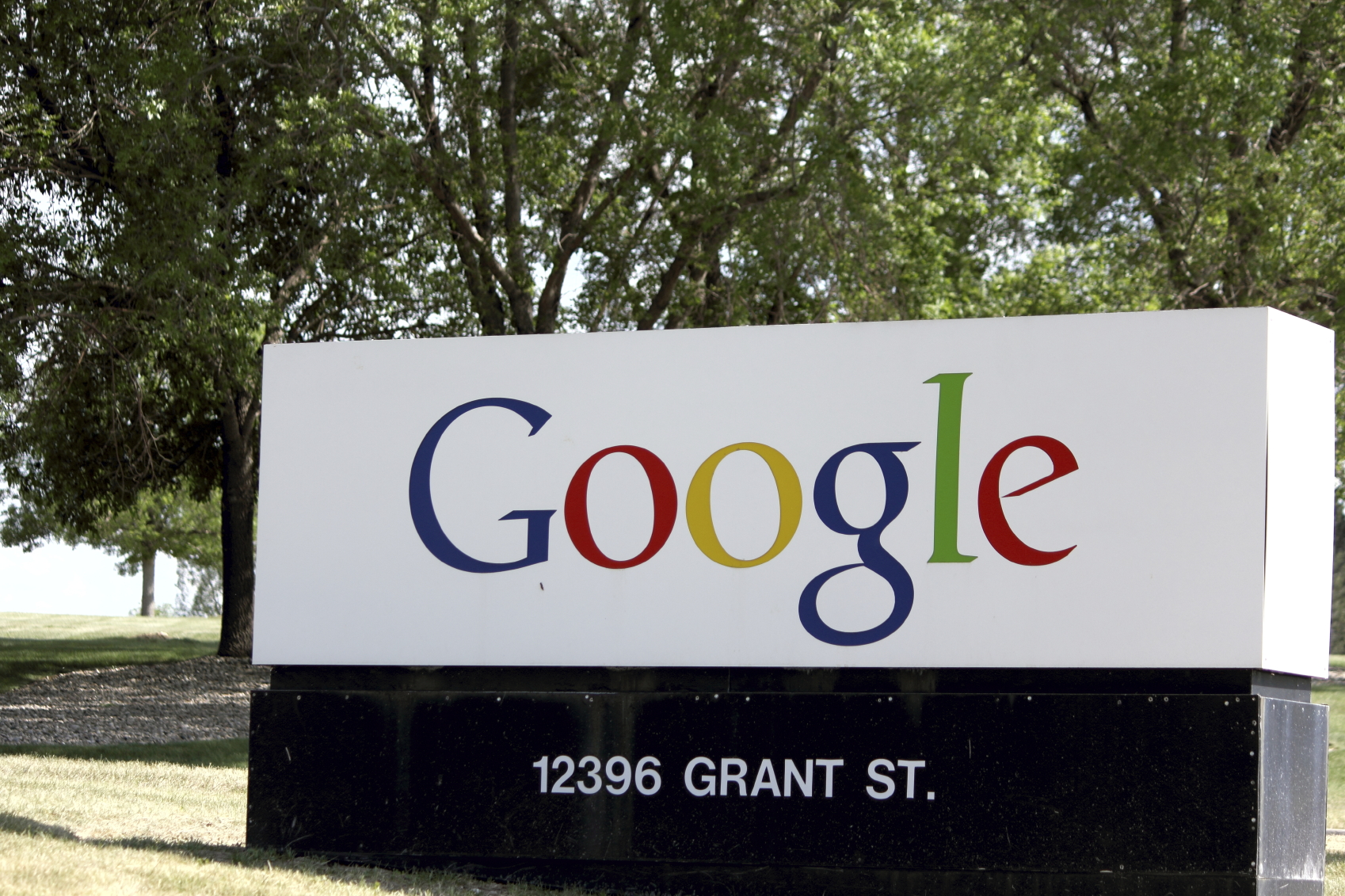What Happened
Earlier today, Google started rolling out the app-streaming options in its Android app, which allows Android users to stream certain apps over the web without downloading them first. The streamed apps will be running on virtual machines on Agawi’s cloud platform, which Google acquired in June, and respond to taps and touches similarly to how native apps do. This feature is currently only enabled for nine launch app partners, which include Hotel Tonight, Weather, and New York Subway. Moreover, Google is no longer requiring that apps have matching web content in order to be indexed through its search engine, which makes app-only content searchable.
What Brands Need To Do
As consumer attention on mobile devices continues to be dominated by apps, app discovery has become a real issue for brands. Making branded apps streamable via Google Search can help brands give consumers a preview of what their apps have to offer, which may lead to app downloads. If your brand has yet to index your app content to make it discoverable via Google Search, now is a good time to start.
Source: TechCrunch
Header image courtesy of Google’s Inside Search Blog
